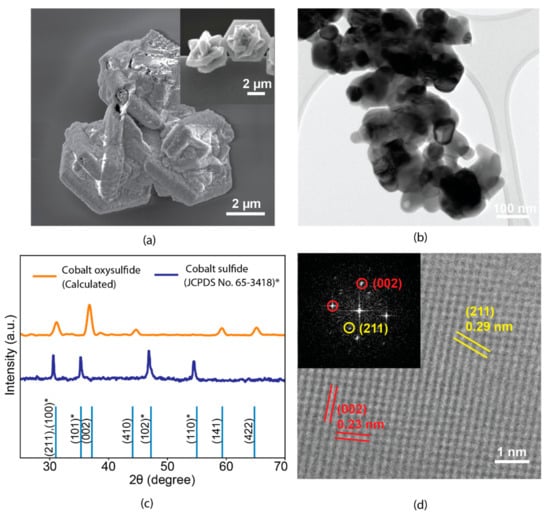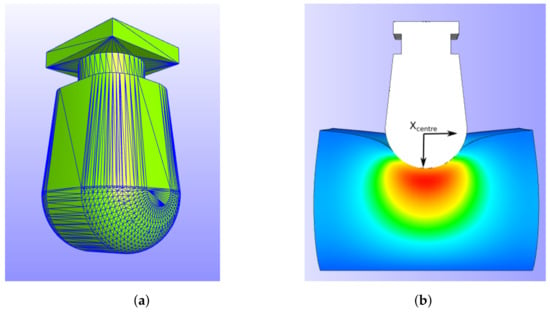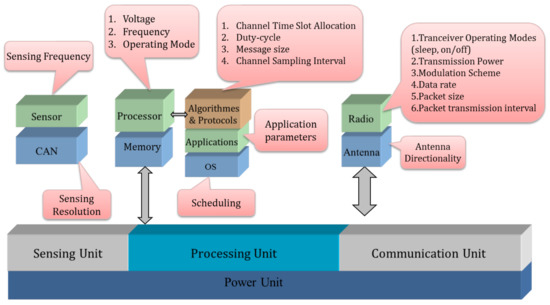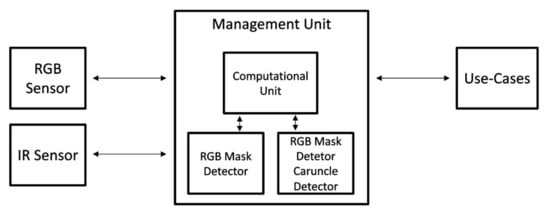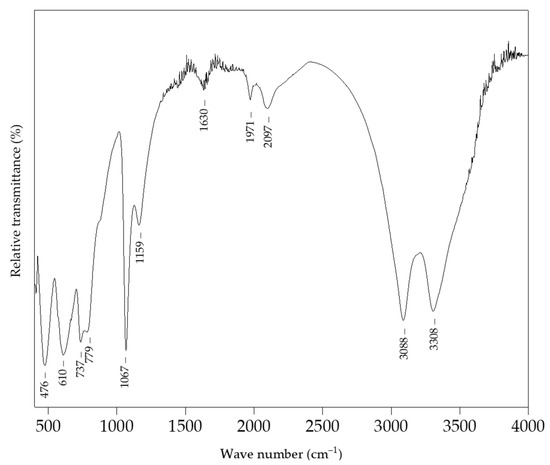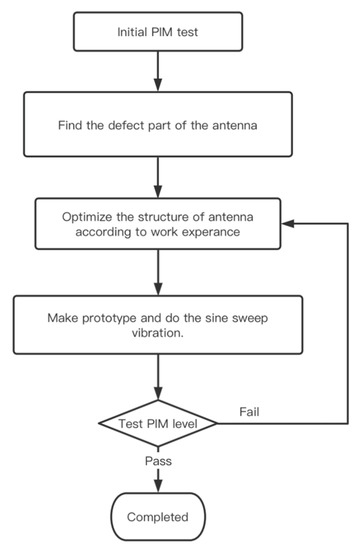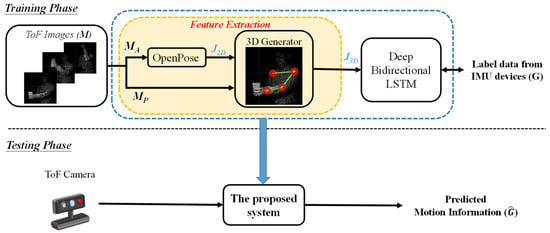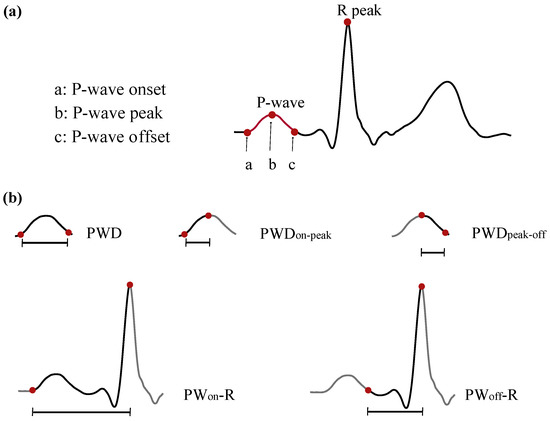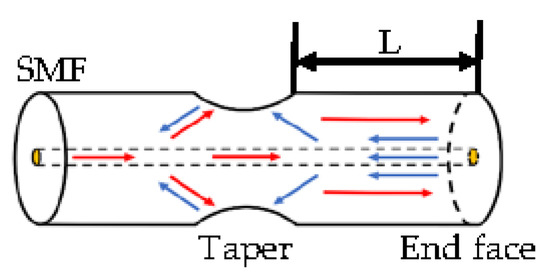1
Key Laboratory of Advanced Technologies of Materials, Ministry of Education, School of Materials Science and Engineering, Southwest Jiaotong University, Chengdu 610031, China
2
School of Engineering, RMIT University, Melbourne, VIC 3000, Australia
Sensors 2022, 22(1), 303; https://doi.org/10.3390/s22010303 - 31 Dec 2021
Cited by 19 | Viewed by 3430
Abstract
Reversible H2 gas sensing at room temperature has been highly desirable given the booming of the Internet of Things (IoT), zero-emission vehicles, and fuel cell technologies. Conventional metal oxide-based semiconducting gas sensors have been considered as suitable candidates given their low-cost, high
[...] Read more.
Reversible H2 gas sensing at room temperature has been highly desirable given the booming of the Internet of Things (IoT), zero-emission vehicles, and fuel cell technologies. Conventional metal oxide-based semiconducting gas sensors have been considered as suitable candidates given their low-cost, high sensitivity, and long stability. However, the dominant sensing mechanism is based on the chemisorption of gas molecules which requires elevated temperatures to activate the catalytic reaction of target gas molecules with chemisorbed O, leaving the drawbacks of high-power consumption and poor selectivity. In this work, we introduce an alternative candidate of cobalt oxysulfide derived from the calcination of self-assembled cobalt sulfide micro-cages. It is found that the majority of S atoms are replaced by O in cobalt oxysulfide, transforming the crystal structure to tetragonal coordination and slightly expanding the optical bandgap energy. The H2 gas sensing performances of cobalt oxysulfide are fully reversible at room temperature, demonstrating peculiar p-type gas responses with a magnitude of 15% for 1% H2 and a high degree of selectivity over CH4, NO2, and CO2. Such excellent performances are possibly ascribed to the physisorption dominating the gas–matter interaction. This work demonstrates the great potentials of transition metal oxysulfide compounds for room-temperature fully reversible gas sensing.
Full article
(This article belongs to the Special Issue Chemiresistive Sensors: Materials and Applications)
▼
Show Figures

